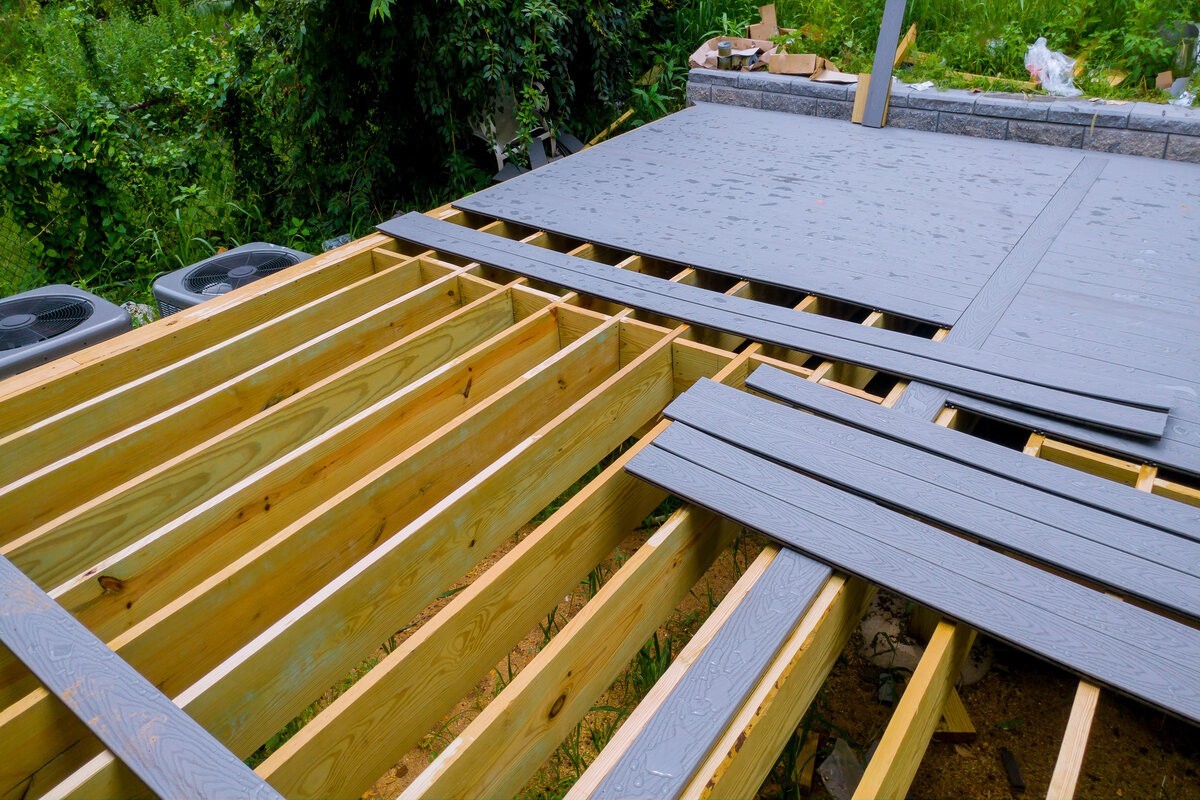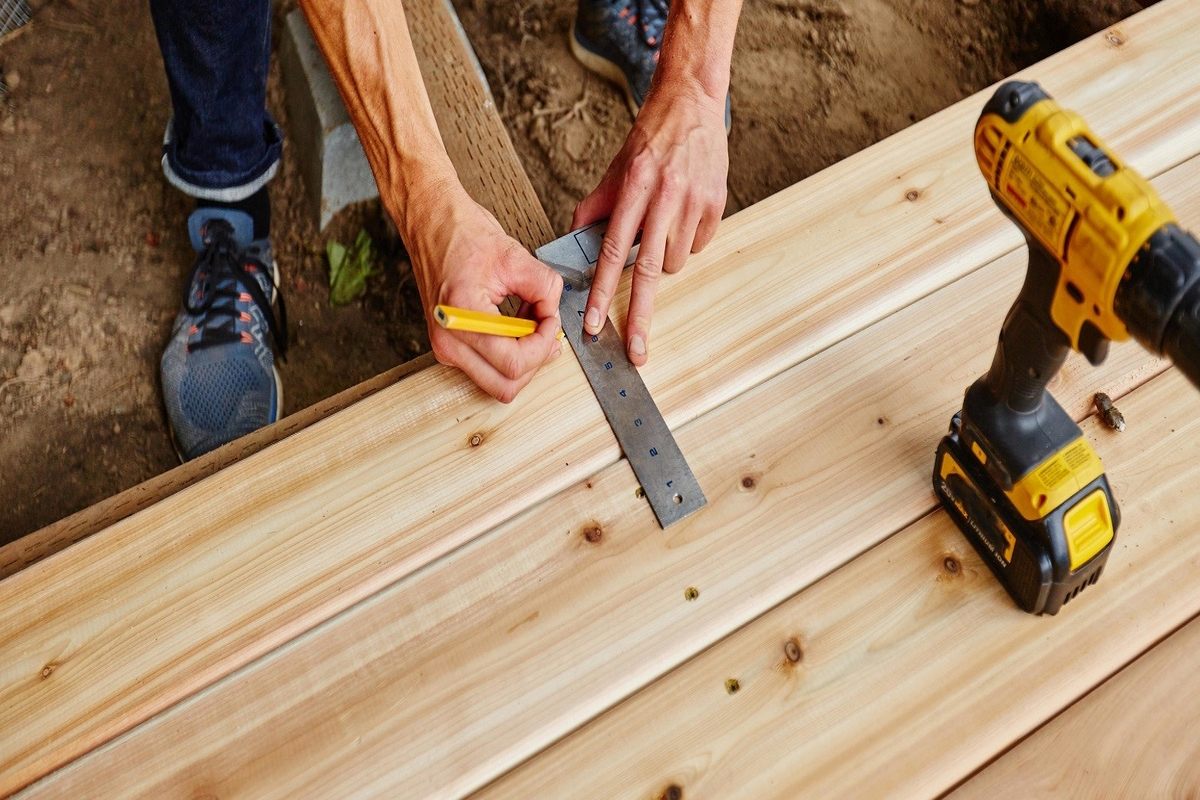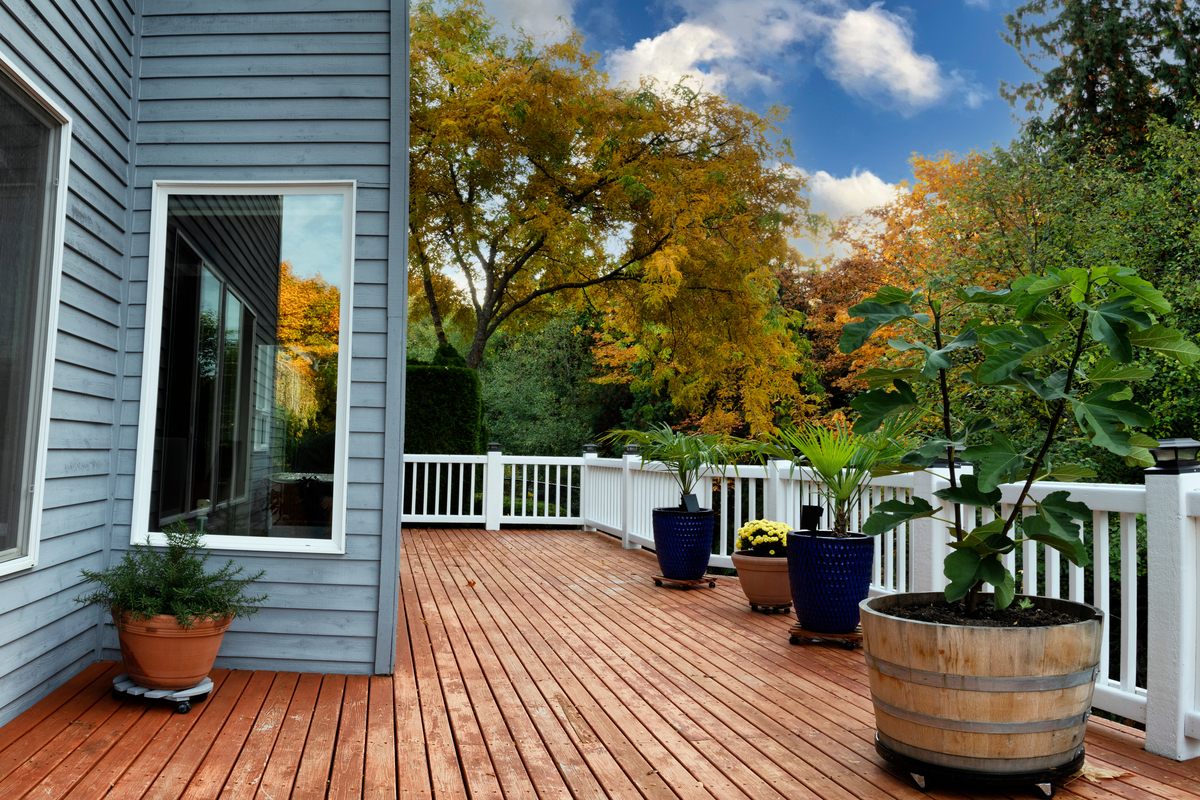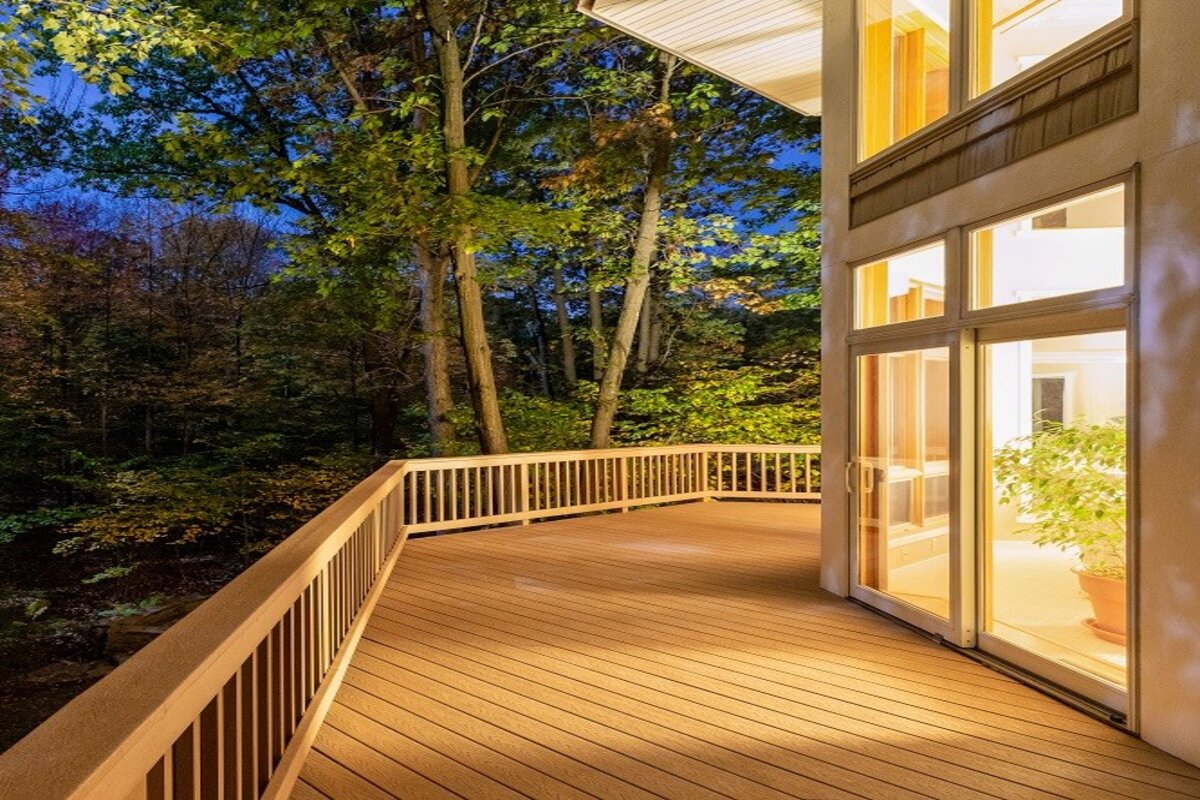When it comes to decking options, two materials often compete for the top spot: traditional wood and modern composite decking boards. Wood, a classic decking material, is lauded for its natural aesthetics and ease of workability. Composite decking boards, on the other hand, offer durability and low maintenance that wood simply can’t match. Both options have their own strengths and weaknesses, and understanding these is key to making the right choice for your decking project.
Key Differences Between Wood and Composite
1. Durability and Aesthetics
Wood has a timeless beauty that’s tough to compete with. It’s available in a variety of species, each with its unique aesthetic qualities. However, its longevity is conditional on regular upkeep to prevent decay and maintain its aesthetics.
Composite decking boards, on the other hand, are remarkably durable. They resist fading, staining, scratching, and mold, and they won’t rot or crack. Additionally, composite mimics the look of wood quite well, offering homeowners a variety of color and texture options to choose from.
2. Flexibility and Rigidity
When it comes to flexibility, wood is more rigid, holding its shape under pressure. This rigidity allows for easier handling during installation.
Composite, while flexible, can be likened to a long piece of spaghetti, requiring extra care when moving and installing. This flexibility necessitates additional support requirements during installation.
3. Cost Implications
Wood is generally less expensive upfront but requires more maintenance, which adds to its overall cost. Composite decking boards, while pricier initially, tend to be less expensive over the long run because of their low maintenance requirements.
Installation Considerations for Wood and Composite Decking
The Forgiveness of Wood Installation
Wood is more forgiving. If you make a mistake, you can usually correct it by filling a hole or replacing a board, with minimal impact on the overall aesthetic. Wood is also stiffer and easier to handle during installation. It is more straightforward to cut, drill, and screw, making it a favorite for DIY enthusiasts.
The Importance of Accuracy in Composite Installation
Composite decking, on the other hand, demands precise measurements and cuts. Once a hole is drilled or a board is cut, the action is irreversible. Therefore, the adage “measure twice, cut once” is particularly apt when installing composite decking. Moreover, composite can be more challenging to handle due to its flexibility. It often requires more than one person to move and position larger pieces and must be handled carefully to avoid damaging the boards.
Dealing with Errors: Wood vs Composite
Wood Offers a Second Chance
In contrast, wood allows for errors to be easily fixed or disguised. A misplaced screw can be backed out, the hole filled, and a new one drilled with minimal impact on the final look of the deck.
Consequences of Mistakes in Composite Installation
In composite decking installation, errors can be costly. A misplaced drill hole or incorrect cut may mean you need to replace the entire board, adding to the expense and time required for the project.
Understanding Joist Spacing in Deck Installation
Recommended Joist Spacing for Wood Decking
With wood, you can get away with a wider joist spacing, often 16 inches. This is because wood is more rigid and holds its shape better under pressure. Moreover, wood requires less specific support and can maintain overhangs and borders more effectively without the risk of bending or sagging.
Recommended Joist Spacing for Composite Decking
For composite decking, closer joist spacing is recommended—typically around 12 inches. This is because composite materials, while durable, are thinner and require more support to maintain its shape and prevent sagging. The way you create a border or an overhang with composite also needs to take this flexibility into account.
Fastening Options for Wood and Composite
Traditional Face Screwing in Wood
With wood, you’re generally looking at face screwing, where screws are driven directly through the face of the board into the joist below.
Hidden Fastener Systems in Composite Decking
In composite decking, hidden fasteners are more commonly used, which attach to the sides of the boards, creating a cleaner, unblemished surface.
Other Fastening Methods in Composite Decking
Other methods for fastening composite decking include face screwing with plugs to hide the screws or setting the screws level with the board surface.
Concluding Thoughts: Is Wood or Composite Decking Right for Your Project?
As we reach the end of this guide, it’s time to ask the pivotal question: Are natural wood or composite decking boards better for your project? The answer to this depends largely on your specific needs and preferences.
Weighing the Trade-offs
Both materials have distinct advantages and downsides. Here’s a brief rundown:
- Wood decking:
- Advantages:
- Natural, timeless aesthetics
- More forgiving during installation
- Generally less expensive upfront
- Disadvantages:
- Requires regular maintenance
- Can decay over time
- Advantages:
- Composite decking:
- Advantages:
- Low maintenance
- Durable and resistant to rot, fading, and staining
- Consistent, polished appearance
- Disadvantages:
- Less forgiving during installation
- More expensive upfront
- May not have the same natural look and feel of real wood
- Advantages:
Final Thoughts on Choosing Between Wood and Composite Decking
Ultimately, the choice between composite and wood comes down to your unique circumstances, including:
- Budget: While composite may cost more upfront, its low maintenance could save you money in the long run. If you’re on a tight budget, wood may be the more economical choice initially.
- Maintenance preferences: If you’re not interested in regular deck maintenance, composite might be the better choice. If you don’t mind the maintenance and enjoy the process, wood could be right for you.
- Aesthetic preferences: If you value the natural look of wood, there’s no substitute for the real thing. But if you prefer the consistent look and vast color options of composite decking, then it’s the clear winner.
No matter what material you choose, a new deck is a significant investment in your outdoor space. By carefully considering the benefits and trade-offs of composite decking boards and wood, you can make a confident, informed decision that meets your needs and enriches your home for years to come. Contact us now to get a free estimate!






